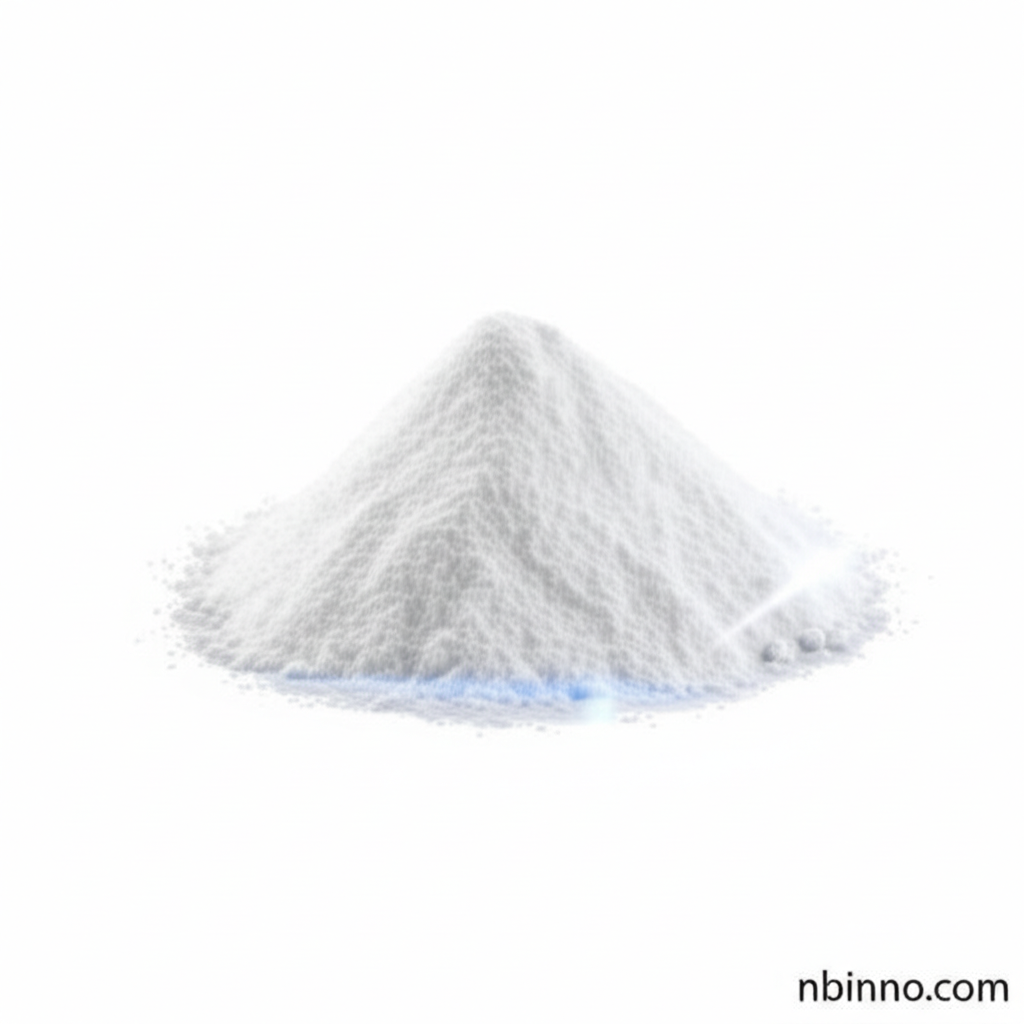Discover the Aromatic World of Methyl 2,4-Dihydroxy-3,6-dimethylbenzoate
Explore the unique properties and applications of this key fragrance ingredient, known for its characteristic mossy-earthy scent and role in fine chemical synthesis.
Get a Quote & SampleProduct Core Value

Methyl 2,4-Dihydroxy-3,6-dimethylbenzoate
Methyl 2,4-dihydroxy-3,6-dimethylbenzoate, a crucial component in the fragrance industry, is celebrated for its distinctive mossy and earthy aroma, reminiscent of oakmoss. As a reliable supplier in China, we offer high-purity material essential for crafting sophisticated scents. Its chemical structure also lends itself to various biological studies, offering insights into cellular responses.
- This chemical synthesis of fragrance compounds allows for consistent quality and supply.
- The Methyl 2,4-dihydroxy-3,6-dimethylbenzoate odor profile is highly sought after for creating complex olfactory experiences.
- Understanding the Methyl 2,4-dihydroxy-3,6-dimethylbenzoate applications in perfumery is key to innovative product development.
- Our expertise in Methyl 2,4-dihydroxy-3,6-dimethylbenzoate CAS 4707-47-5 ensures you receive a product that meets stringent industry standards.
Advantages Delivered
Consistent Aromatic Profile
Leveraging advanced chemical synthesis, we ensure a stable and reproducible Methyl 2,4-dihydroxy-3,6-dimethylbenzoate odor, critical for brand consistency in fragrance formulations.
Versatile Applications
From captivating perfumes to in-depth biological study, the Methyl 2,4-dihydroxy-3,6-dimethylbenzoate applications extend across multiple scientific and commercial fields.
Quality Assurance
We adhere to strict quality control for Methyl 2,4-dihydroxy-3,6-dimethylbenzoate CAS 4707-47-5, guaranteeing purity and performance for all your needs.
Key Applications
Fragrance Industry
This Atraric acid fragrance ingredient is a cornerstone for creating complex and enduring scent profiles, particularly those requiring a natural oakmoss character.
Biological Study
Research into the role of androgens involves this chemical, aiding in understanding cellular responses and potentially leading to new therapeutic avenues.
Chemical Synthesis
As a key aromatic chemical, its synthesis and derivatization are areas of interest for developing novel compounds with specific functionalities.
Research and Development
Its well-defined properties make it a valuable compound for R&D in both material science and biochemical applications.
